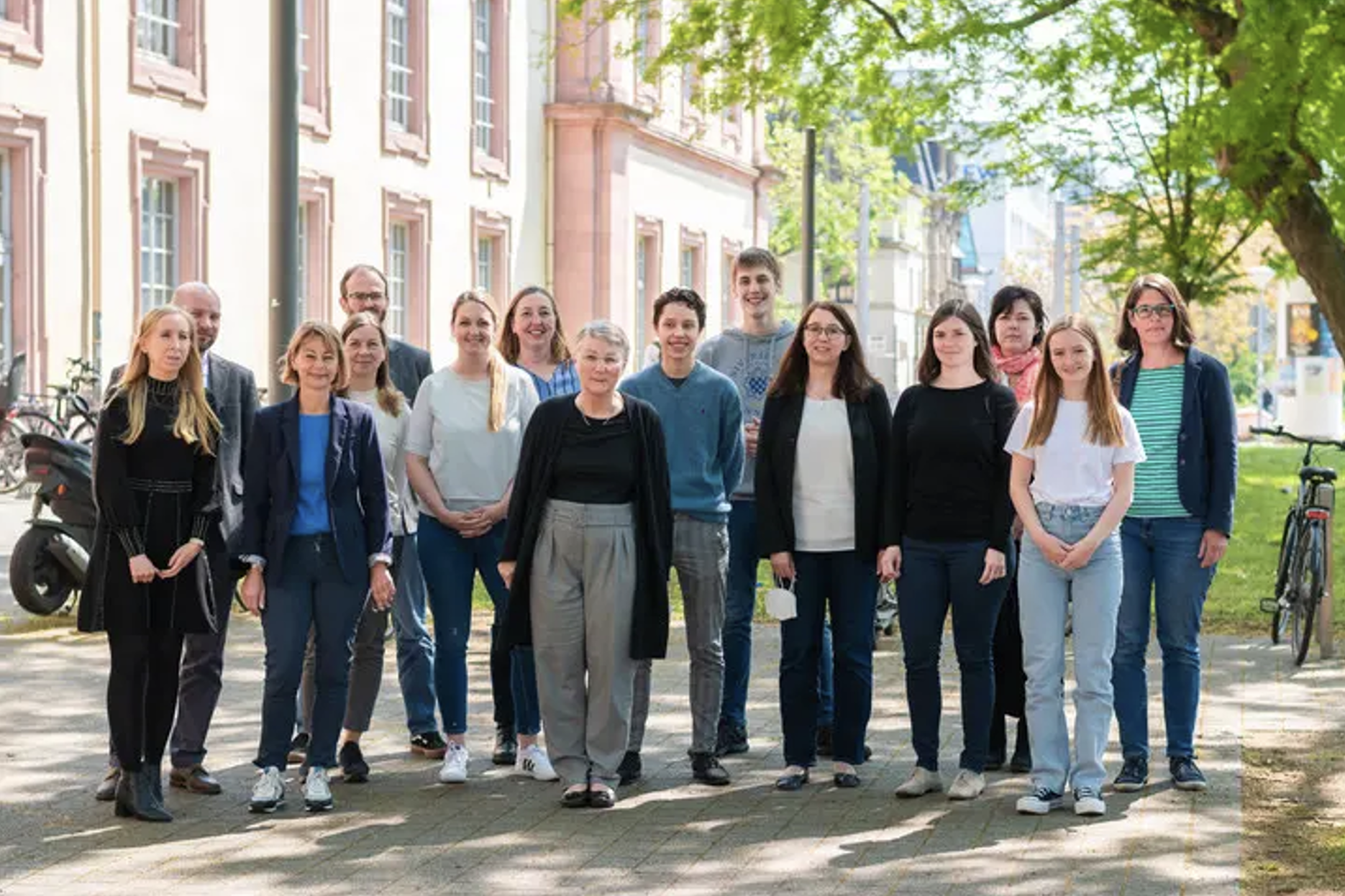(List #87) Another Look at Materiality
How business schools are exploring materiality in their own operations.

This week we are looking at how business schools are reporting on materiality. According to the Global Reporting Initiative (GRI), “particular information is considered ‘material’ – or relevant – if it could influence the decision making of stakeholders in respect of the reporting company”. While these exercises are useful and result in impressive diagrams, more of interest is what you use them for, and how you balance between issues that are perhaps of less urgency but that your community considers material, vs issues that are urgent but not identified by your community as material. Do your stakeholders understand these issues and how they impact your university (and vice versa) enough to know what is truly material or not? How can raising awareness help with this? Here are some examples.

1. ESADE’S MATERIALITY ANALYSIS
During the 2020-21 academic year, Esade (Spain) worked to update its materiality analysis, not only to ascertain the expectations and material topics for the organisation and its stakeholders, but also as part of a more extensive effort to update its sustainability strategy and its commitments in this sphere. They followed the methodology developed by GRI. They first prioritised 11 stakeholders who contributed their perspective and vision in fields of sustainability. Esade identified the topics based on international and sectoral standards, which were approved by the project coordination team. Stakeholders were then invited to prioritise these through different consultation methods including interviews, focus groups and surveys.

2.UNIVERSITY OF MANHEIM MATERIALITY ANALYSIS
The University of Mannheim (Germany) conducted a materiality analysis in 2020, inviting students and employees of the University to answer an online questionnaire. The analysis was conducted as part of a master thesis by Franziska Beile. In the questionnaire, stakeholders were asked for their perceptions of the sustainability of the University, their preferences with regard to various sustainability topics, and their ideas for developing the sustainability strategy of the university. Data revealed no major differences between the perceptions and expectations of students and employees. Students in particular felt the need to receive more information on sustainability at the university and would like to have more opportunities for involvement. In repones, a new website on sustainability was put in place.

3.ANTWERP MANAGEMENT SCHOOL MATERIALITY ANALYSIS
In 2020, several full-time master’s students at Antwerp Management School (Belgium) conducted a survey, questioning their AMS Peers and staff on the level of importance of 23 materiality topics in relation to the Sustainable Development Goals. An extensive stakeholder map was created of both internal and external stakeholders who were consulted. Topics were listed under three categories: human impact, environmental impact and knowledge impact. Based on this, AMS developed a Sustainability Framework, as a foundation for the long-term strategy.

4. IMC MATERIALITY ANALYSIS
IMC University of Applied Sciences (Austria) chose to continue to use the materiality analysis they developed in 2020 to ensure continuity and comparability between their sustainability reports. They did decide to present the information in a slightly different way by transforming it into a spider diagram to illustrate the topic and the different weightings and assessment through a different lens. For this purpose, the social and environmental impacts of the topics were evaluated by the university’s Environmental and Sustainability team. The annual assessment of the environmental aspects by ISO 14001 was also incorporated here.

5. UNIVERSIDAD DEL PACIFICO MATERIALITY ANALYSIS
The Universidad del Pacifico (Peru) conducted a materiality analysis as part of their sustainability report. This involved taking the following steps: 1. Revision of institutional documents and commitments to determine a list of material issues. 2. Identifying key stakeholders 3. Connecting with stakeholders through focus groups and in-depth interviews. 4. Prioritization of material issues (under headings of Governance, Education, Research, Social and Environmental). More on their material issues is available on p. 34 of this report.
A Few Links To Click On
NYU Stern Center for Sustainable Business created this guide on Sustainability materiality Matrices
The International Green Gown Award Finalists have been chosen.
Ethics within University operations themselves
Don't demolish your old buildings on campus, deconstruct them
U Manchester's Endowment Investments Climate Impact Report
Have a great week!
Giselle
